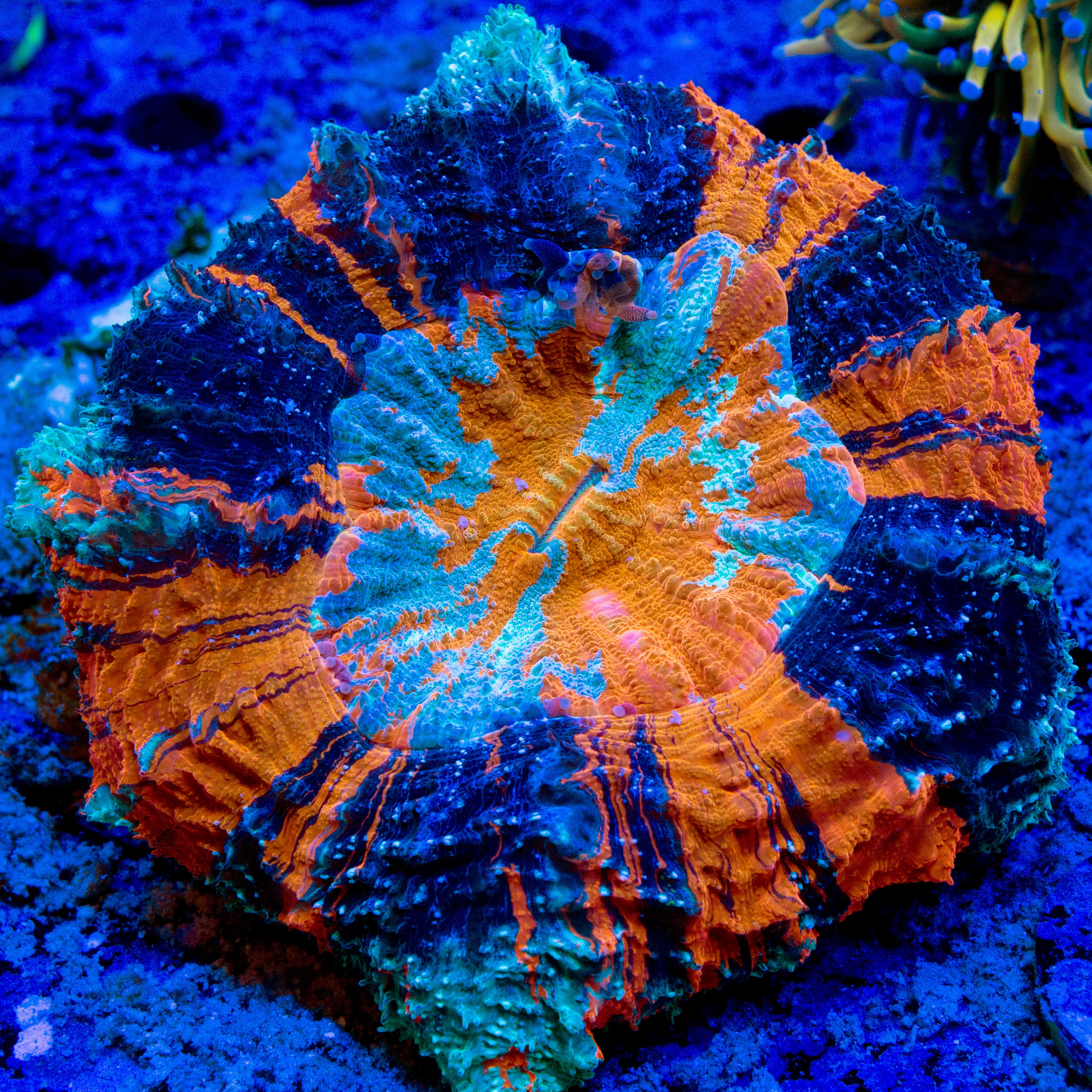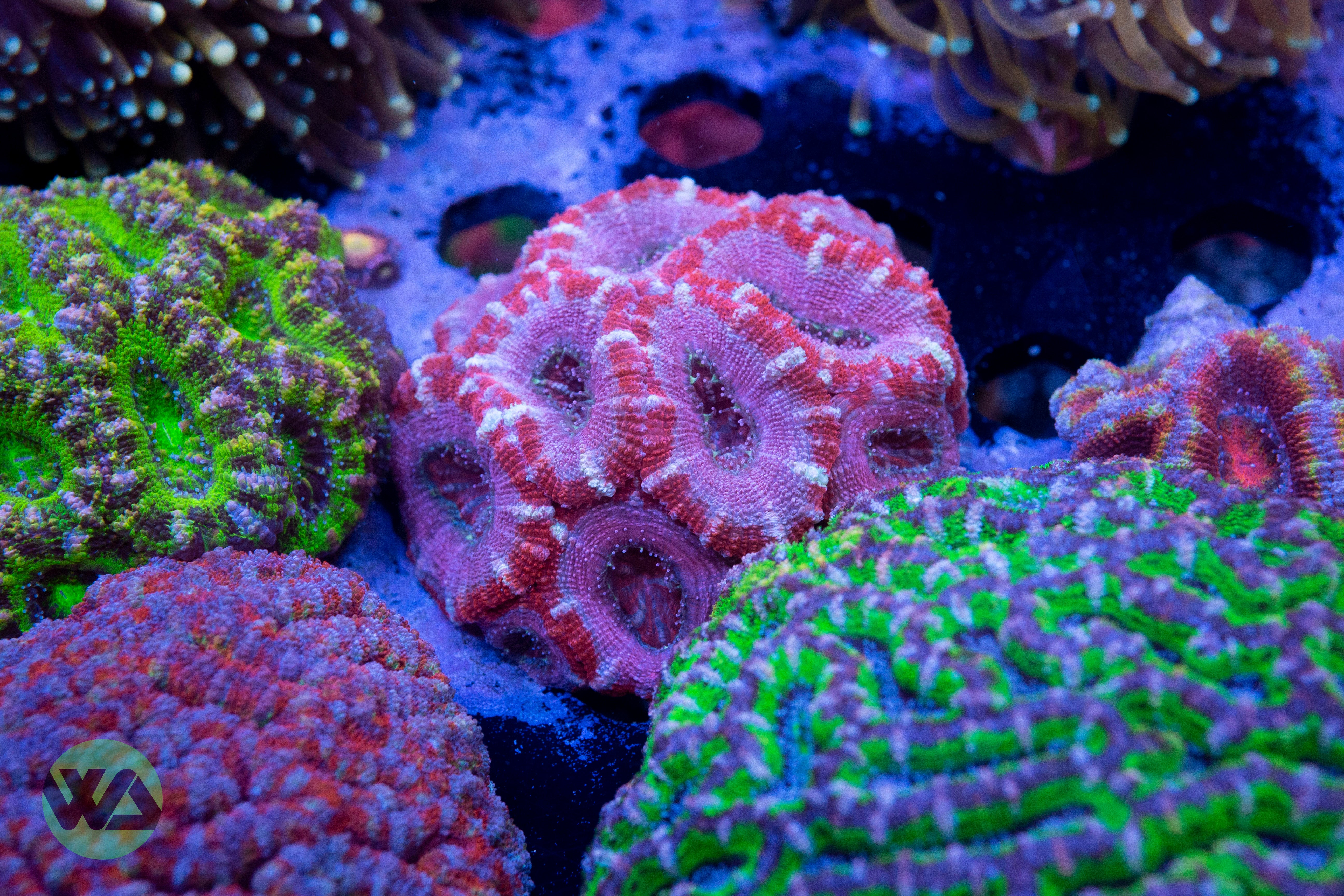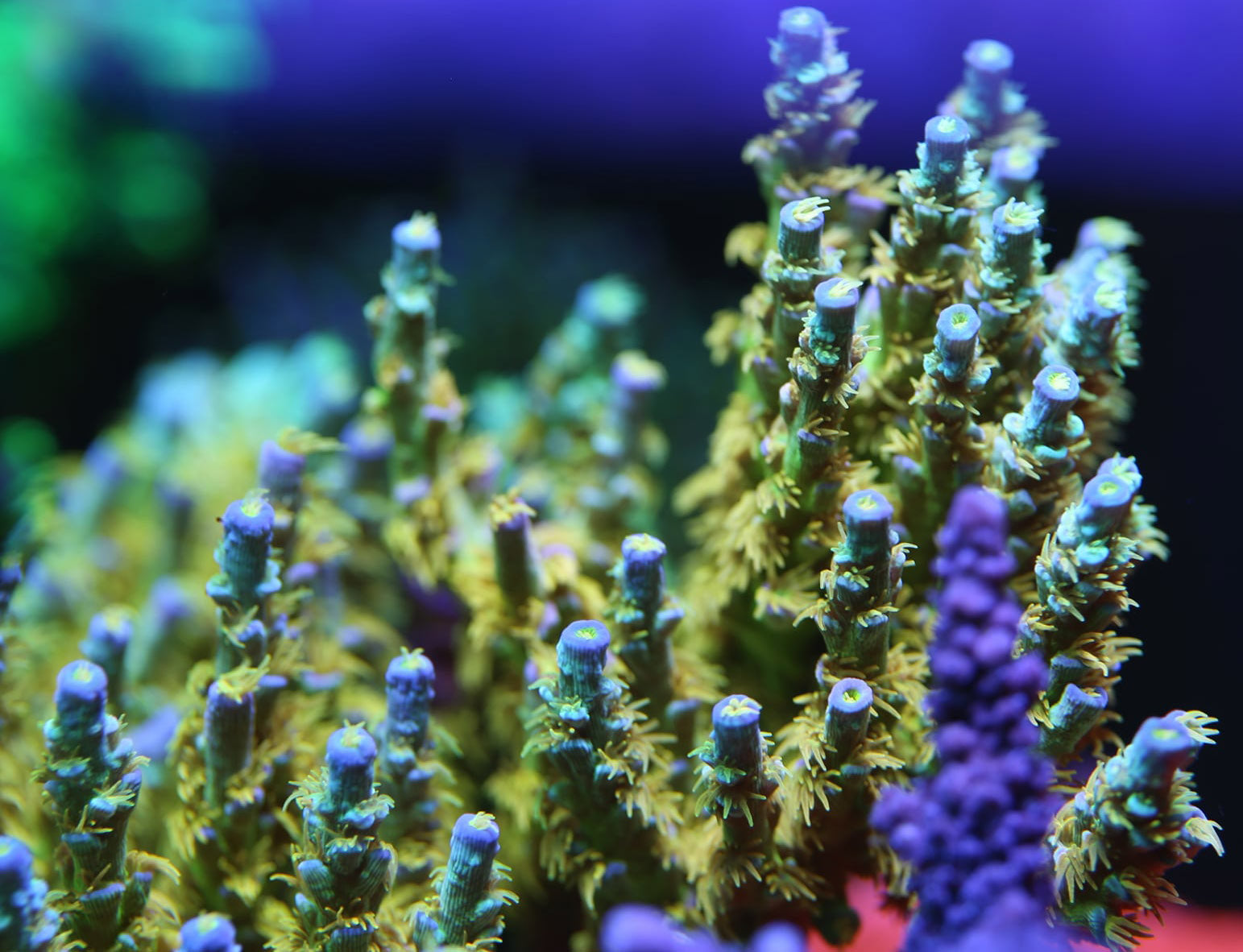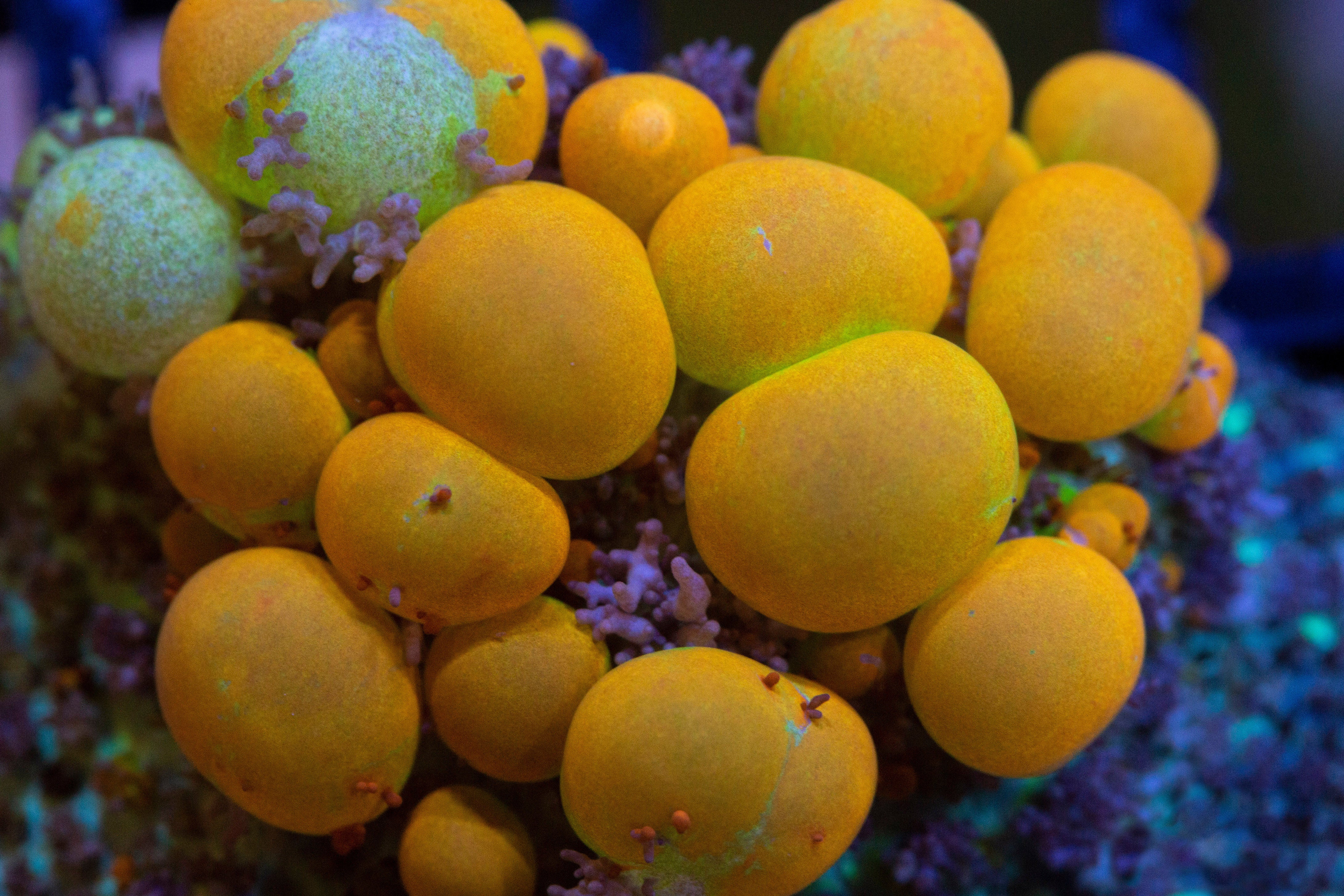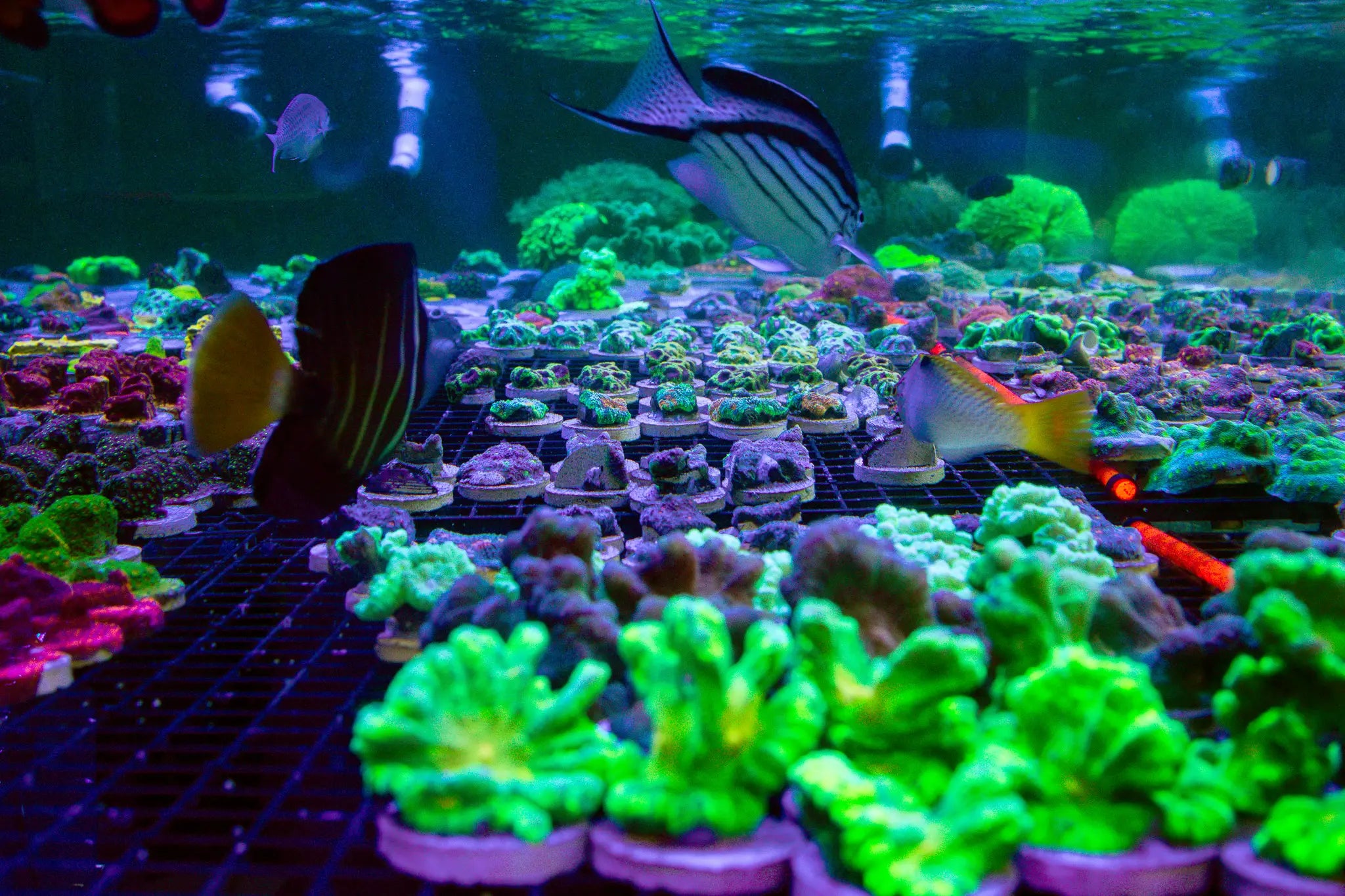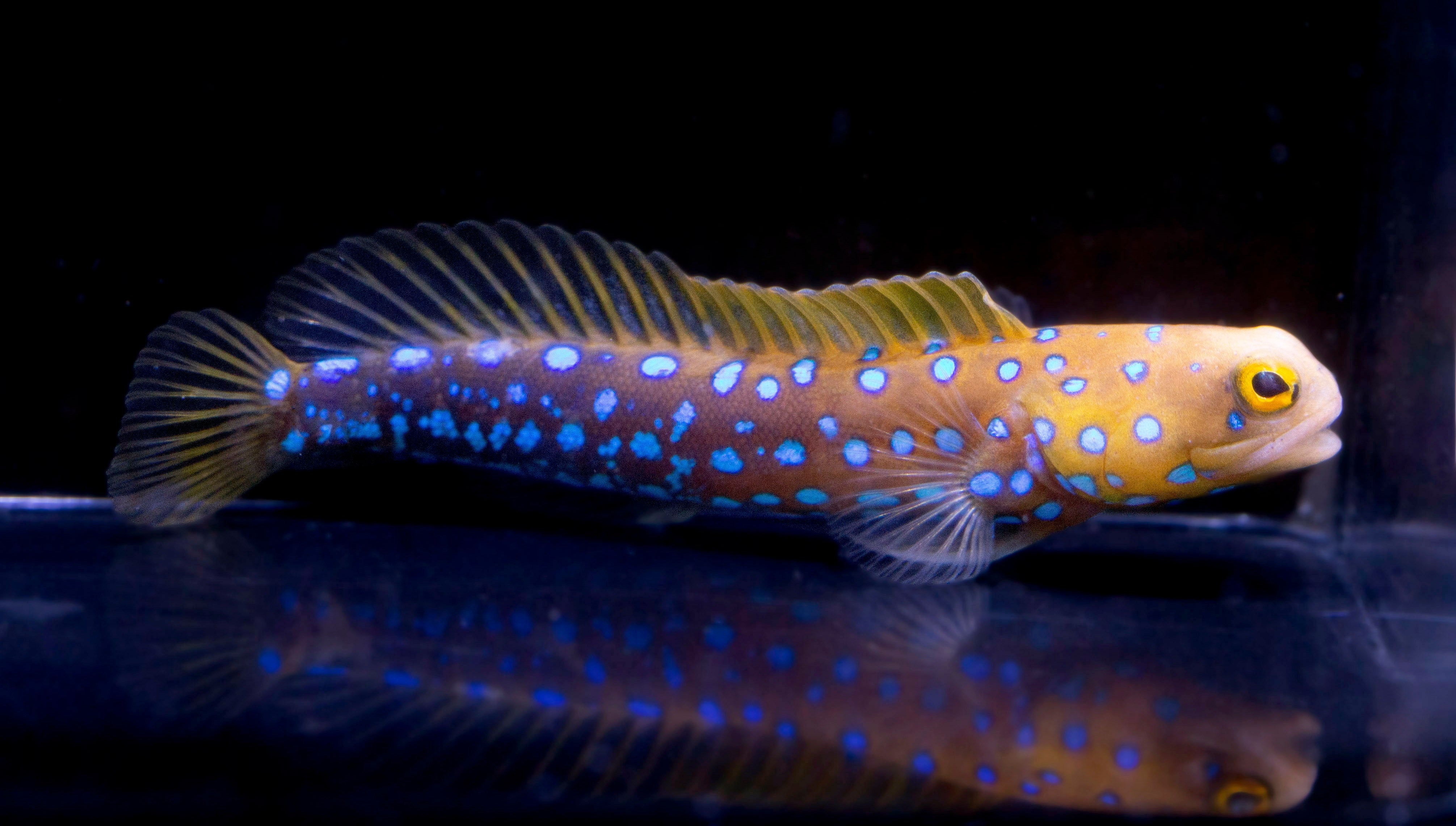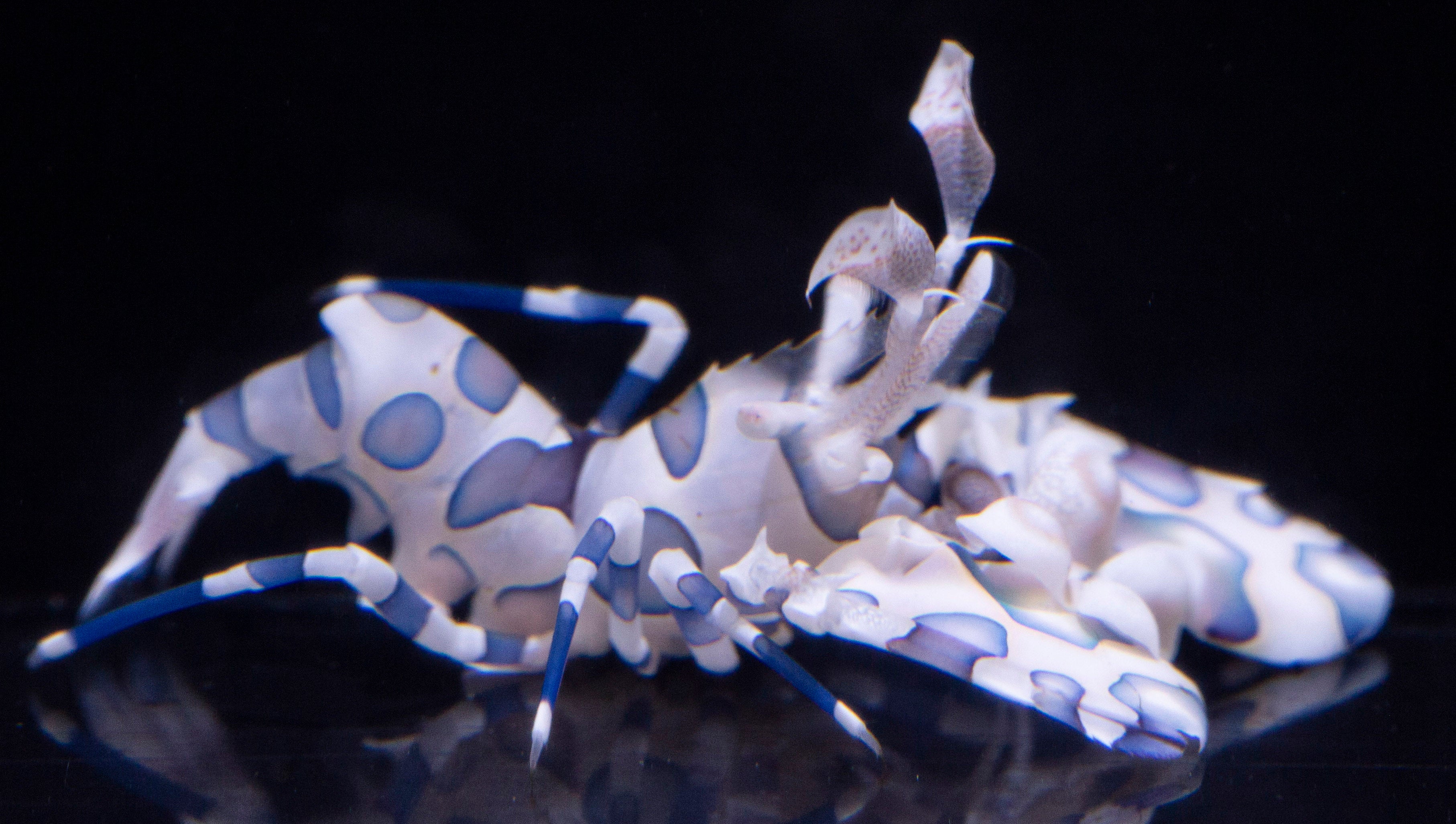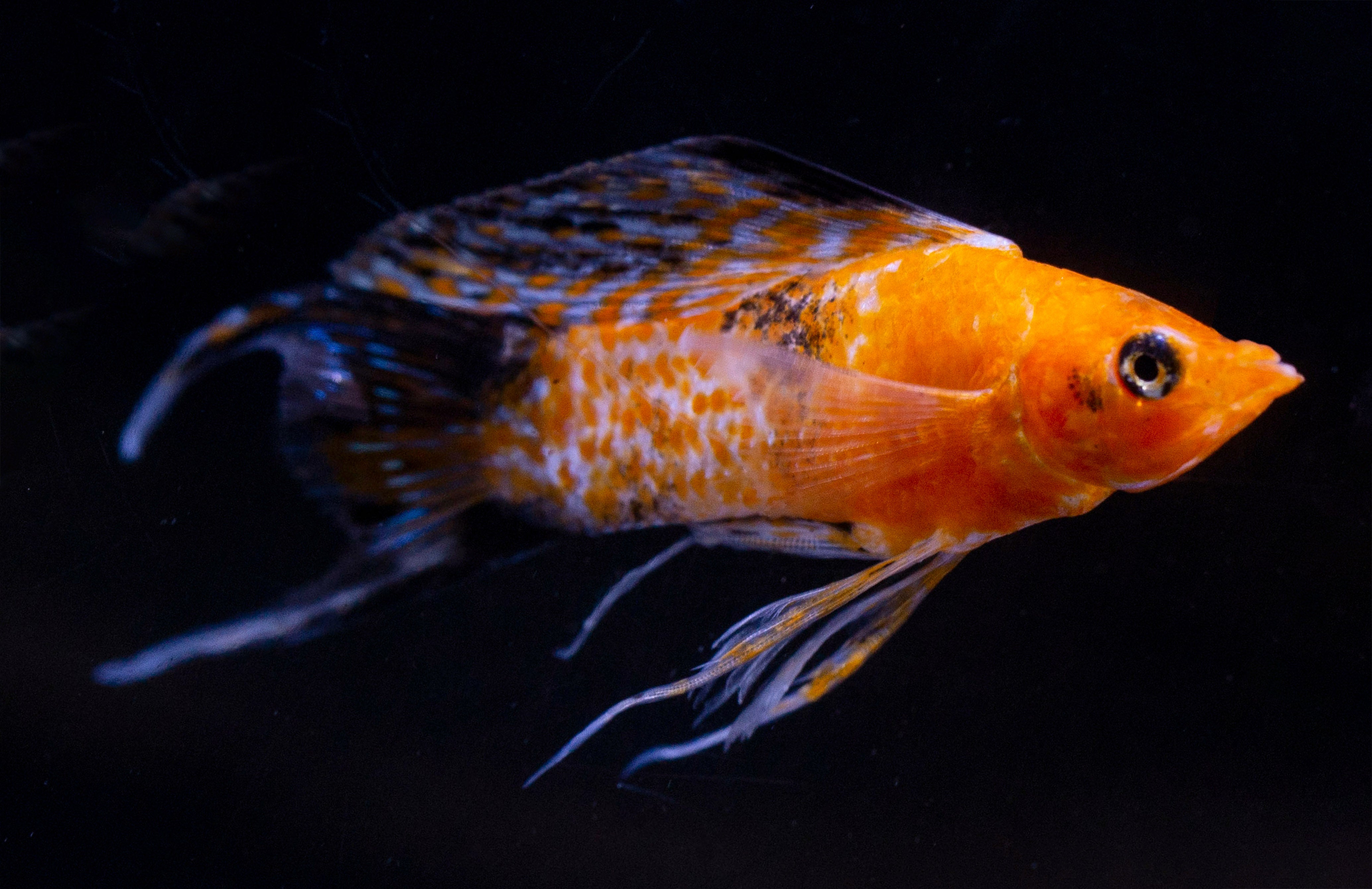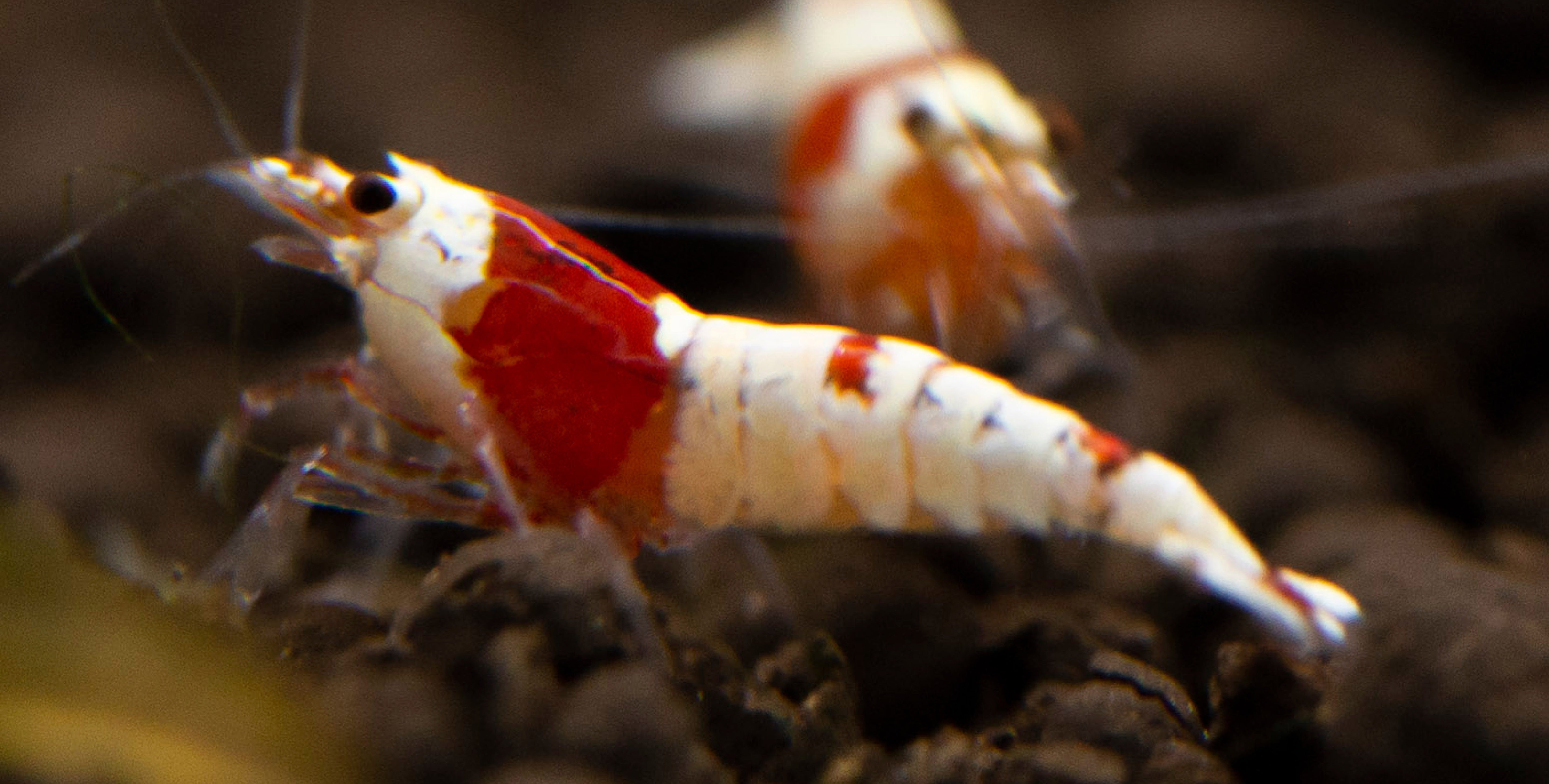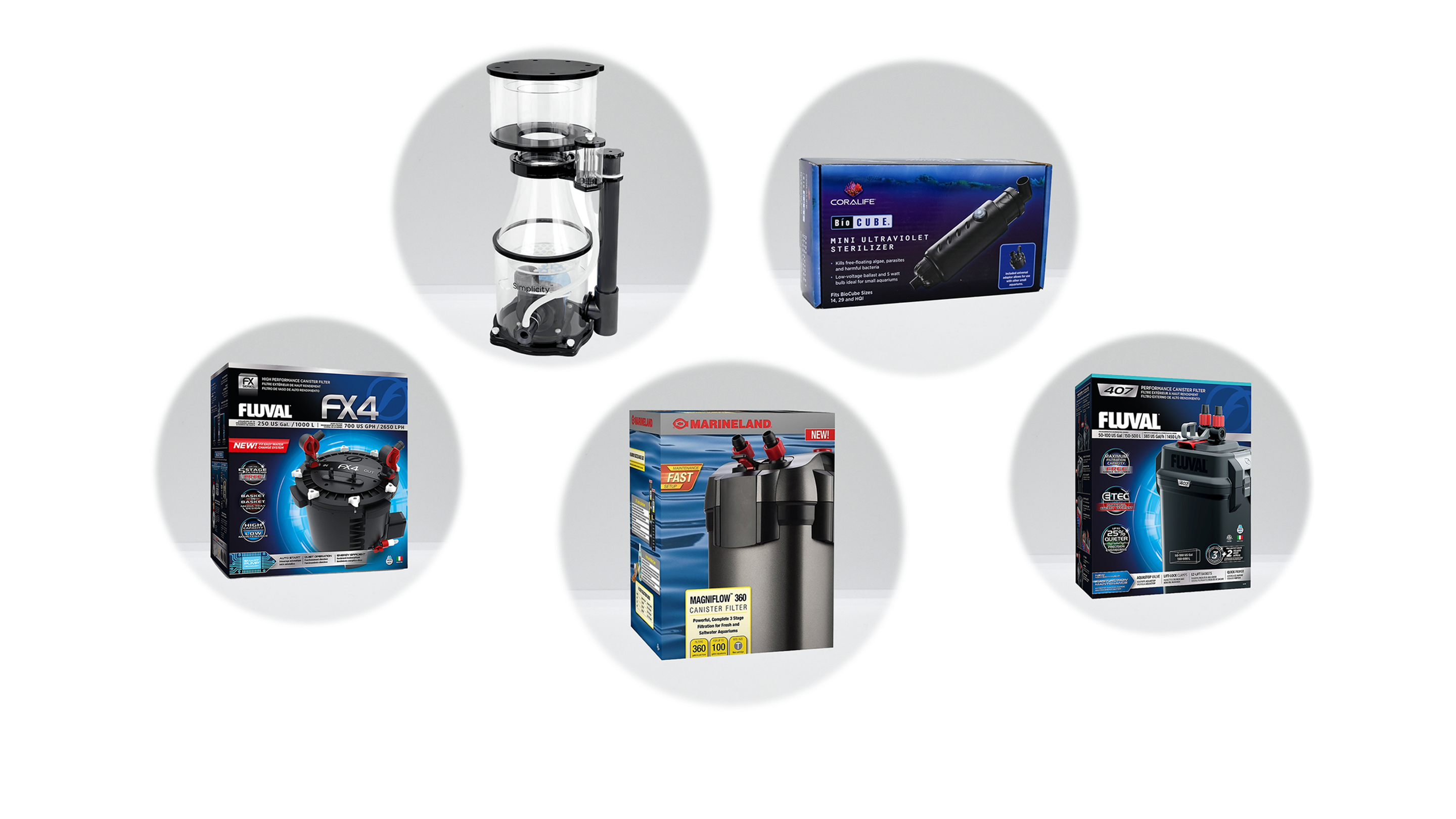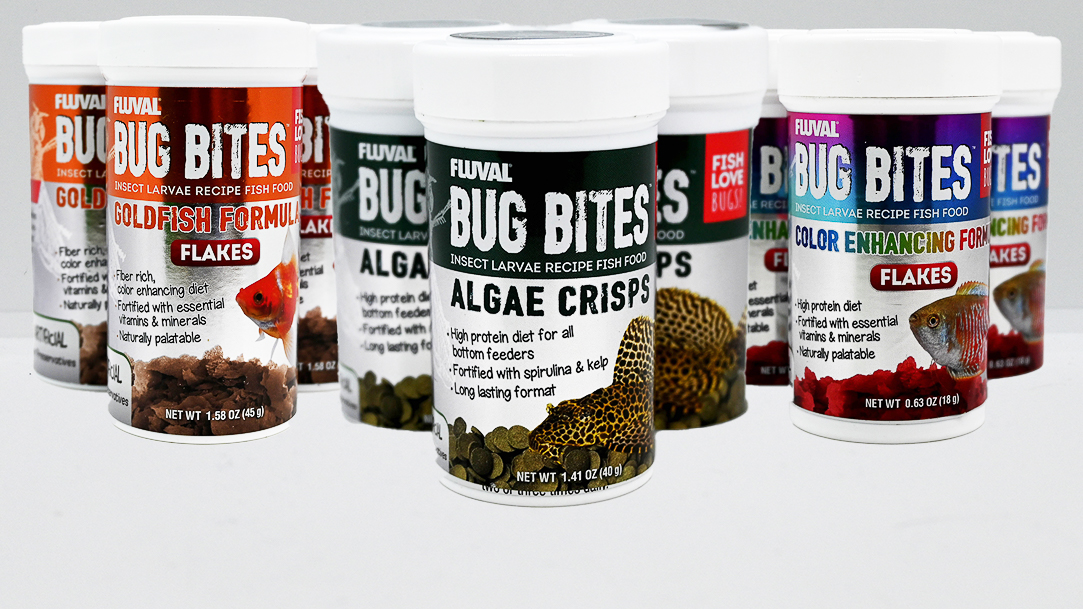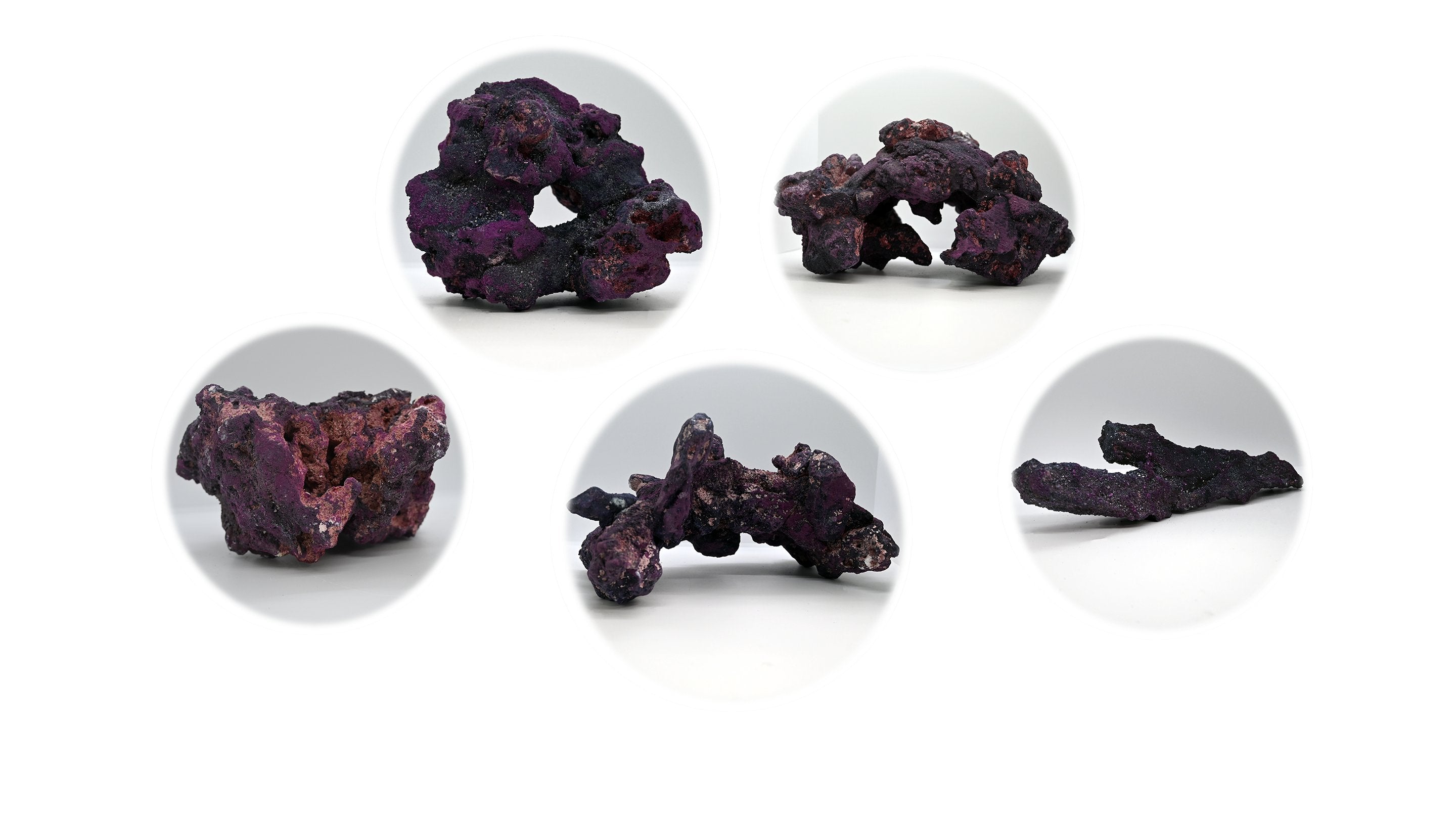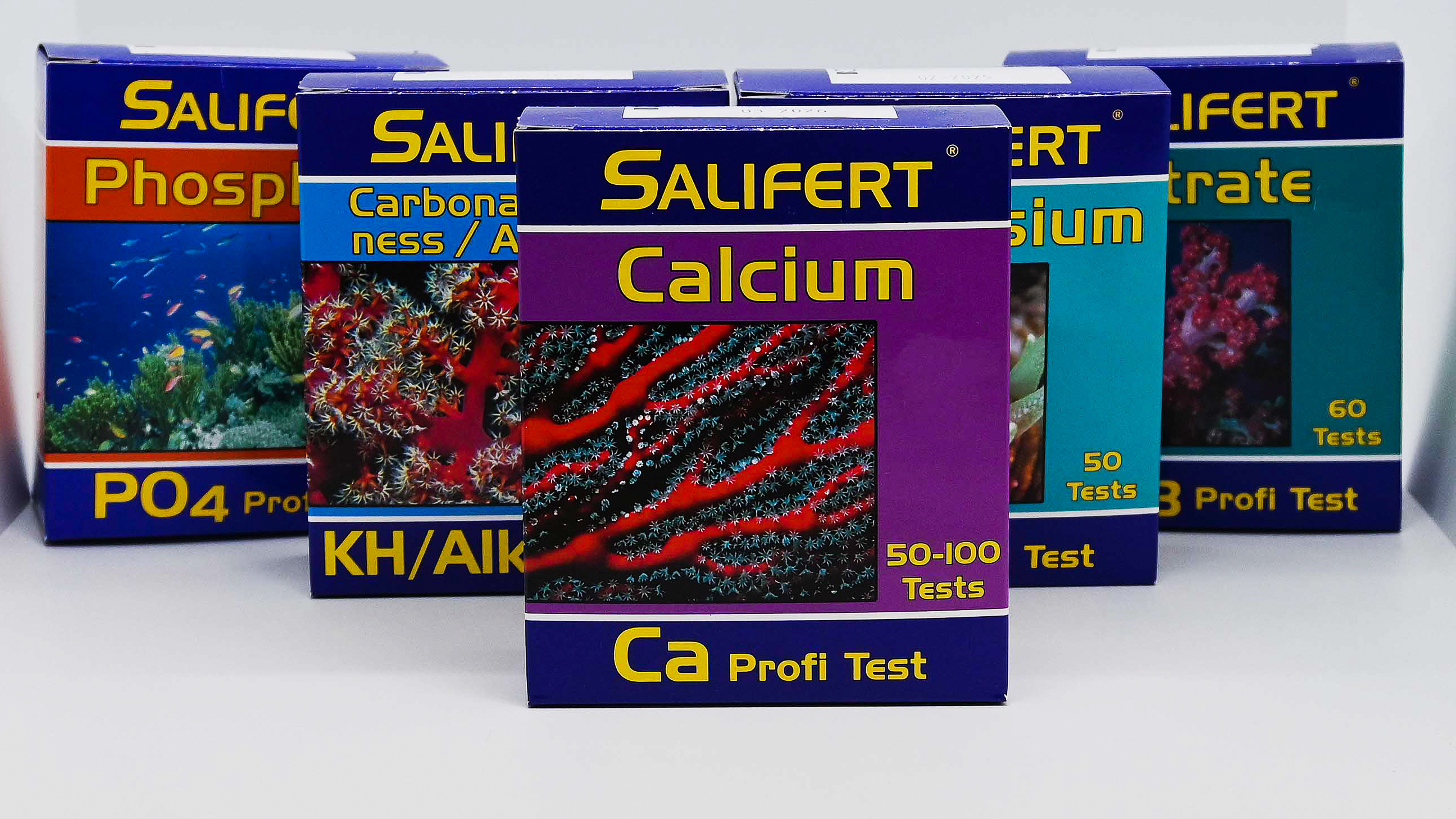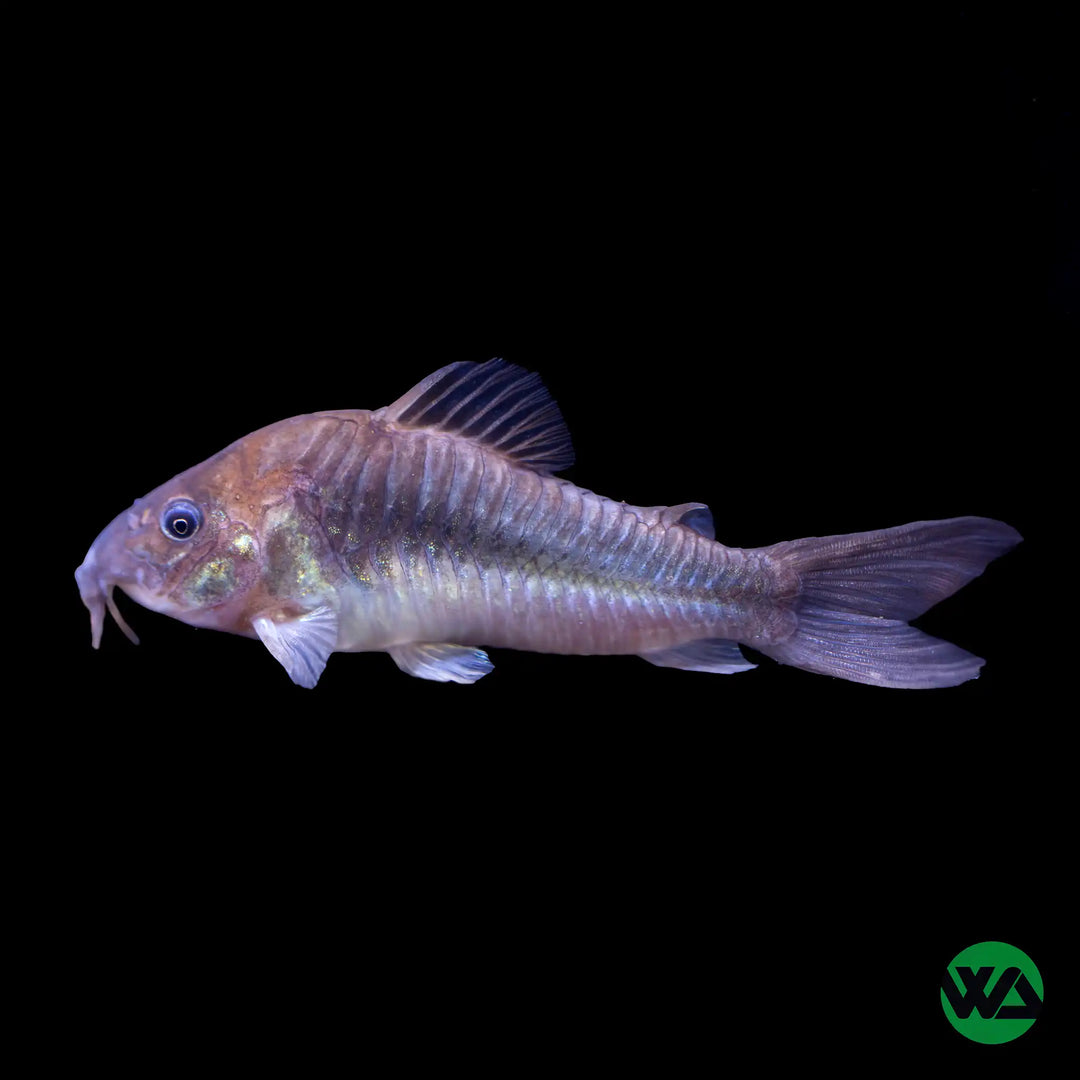
Bronze Cory - Corydoras aeneus
- In stock, ready to ship
- Backordered, shipping soon
The Bronze Cory (Corydoras aeneus) is a hardy and peaceful bottom-dwelling catfish with an attractive metallic bronze sheen. Popular in community aquariums, these active schooling fish are known for their playful nature and ease of care.
Description:
Common Name: Bronze Cory
Scientific Name: Corydoras aeneus
Family: Callichthyidae
Size: 2.5 inches (6 cm)
Temperament: Peaceful; thrives in groups.
Difficulty: Easy
Native Region:
Found throughout South America, particularly in the rivers and streams of Argentina, Colombia, and Venezuela.
Aquarium Setup:
Tank Size: Minimum of 15-20 gallons
Temperature: 72-79°F (22-26°C)
pH: 6.0-7.5
Hardness: Soft to moderately hard water
Substrate: Fine sand or smooth gravel to protect their delicate barbels; include plants, driftwood, and open swimming areas.
Additional Tips:
• Social Behavior: Should be kept in groups of 5 or more to promote natural behavior and reduce stress.
• Compatibility: Excellent for community tanks with other peaceful fish like tetras, rasboras, and livebearers.
• Diet: Omnivorous; feed sinking pellets, wafers, and frozen or live foods like bloodworms and brine shrimp.


